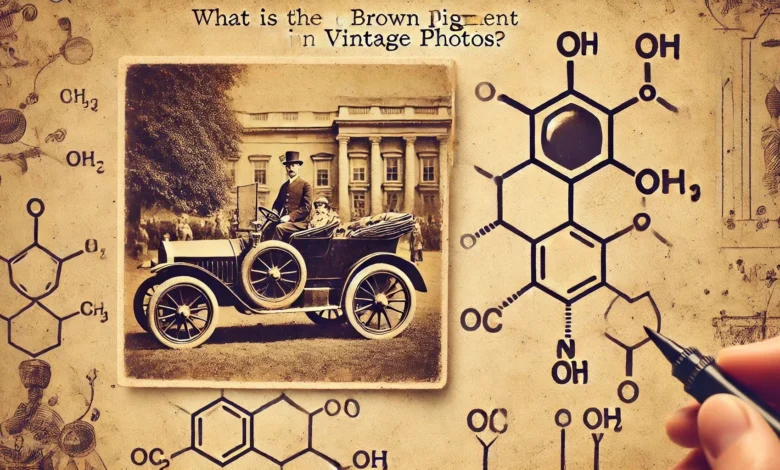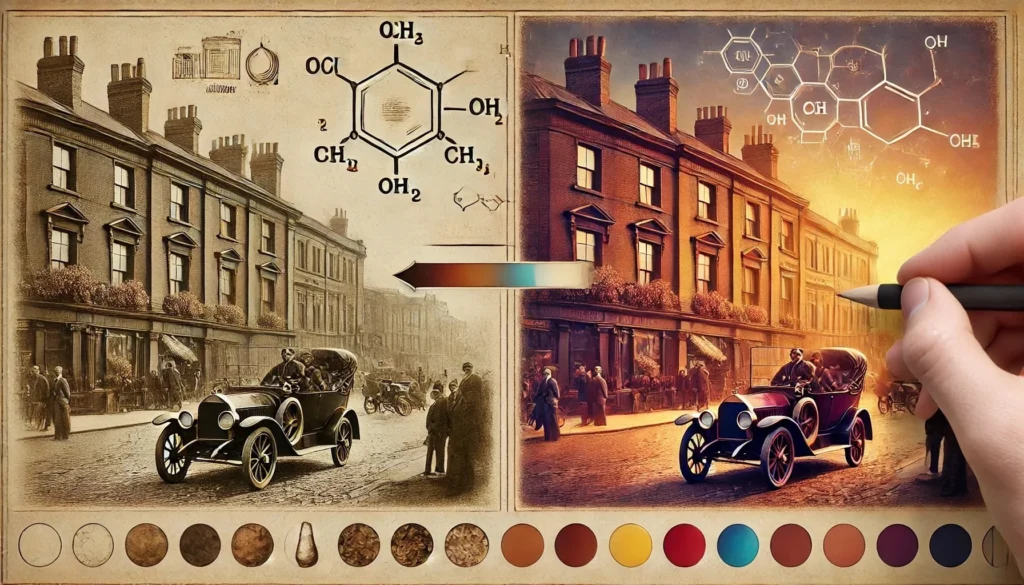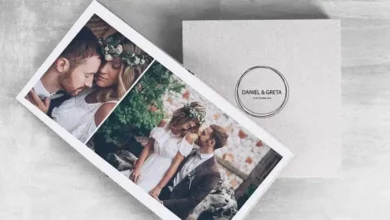
Vintage photographs evoke a sense of nostalgia, taking us back to a time when capturing memories was a meticulous process. One of the most distinctive features of these old photos is their brown or sepia tone, which has intrigued many. But what exactly is the brown pigment in vintage photos? In this comprehensive guide, we will explore the science behind the brown pigment, its historical context, and why it remains a cherished aesthetic even today.
Understanding the Brown Pigment in Vintage Photos

What Causes the Brown Pigment in Vintage Photos?
The brown pigment in vintage photos, commonly known as sepia, originates from a photographic toning process. Sepia toning is a chemical process used in photography to enhance the durability of the print and add a warm, brownish tint to the black-and-white photos. This process involves the use of sepia, which is derived from the ink of cuttlefish, thus giving the photos their characteristic brown hue.
The Sepia Toning Process Explained
Sepia toning was introduced in the 19th century as a way to prolong the lifespan of photographic prints. The process involves replacing the metallic silver in black-and-white photos with a compound called silver sulfide. Silver sulfide is much more resistant to environmental degradation, which made sepia-toned photos more durable and less prone to fading over time.
Steps in Sepia Toning:
- Bleaching: The photographic print is first bleached to remove the original metallic silver.
- Toning: The bleached print is then immersed in a sepia toner, typically made from sodium sulfide or other sulfur compounds, which converts the silver into silver sulfide, resulting in the brown pigment.
Why Were Sepia-Toned Photos Popular?
Sepia toning was not just about aesthetics; it was a practical choice for preserving photographs. The brown pigment in photos was more stable and less likely to degrade over time compared to untreated black-and-white prints. As a result, sepia became synonymous with vintage photography, and its warm tones were often associated with sentimental and timeless memories.
You might also like: Capturing Memories with IlFotoAlbum
The Historical Significance of Sepia in Photography
A Window into the Past: The Role of Sepia in Documenting History
Sepia-toned photographs offer us a unique glimpse into history. Many of the oldest surviving photographs, especially from the late 1800s to the early 1900s, were treated with sepia, ensuring their longevity. These images document everything from significant historical events to everyday life in that era, giving us a tangible connection to the past.
The Transition from Sepia to Modern Photography
With advancements in photographic technology, the use of sepia toning gradually declined. The introduction of color film and digital photography offered more versatile and vibrant options, rendering sepia toning somewhat obsolete. However, the brown pigment in vintage photos continues to be appreciated for its nostalgic charm.
Modern Use of Sepia: Aesthetic Choices in Contemporary Photography
Why Sepia Still Holds Appeal Today
Even in the digital age, sepia remains a popular aesthetic choice. Photographers and graphic designers often apply sepia filters to digital images to evoke a vintage feel or to add warmth and character to a photo. The brown pigment, synonymous with timelessness, is used to create a sense of history and emotion in images, whether in portraits, landscapes, or artistic compositions.
How to Achieve the Sepia Effect in Digital Photography?
Achieving the sepia effect in digital photography is straightforward, thanks to modern editing software. Programs like Adobe Photoshop, Lightroom, and even mobile apps offer sepia filters or the option to manually adjust the color balance to replicate the warm brown tones of traditional sepia-toned photographs.
FAQs: Common Questions About Sepia and Brown Pigment in Photos
What is sepia toning in photography?
Sepia toning is a chemical process that adds a brown pigment to black-and-white photographs, making them more durable and giving them a nostalgic, vintage look.
Why were old photos brown?
Old photos were often brown due to the sepia toning process, which involved converting the silver in black-and-white prints into silver sulfide, resulting in a more stable and longer-lasting image.
Is sepia still used in modern photography?
Yes, sepia is still used today, primarily as a digital effect to add a vintage or timeless look to modern photographs.
How can I make my photos look vintage with a sepia tone?
You can apply a sepia filter using photo editing software or apps, which will give your images the characteristic warm brown tones of vintage photographs.
Conclusion
The brown pigment in vintage photos, primarily due to sepia toning, is more than just an aesthetic choice; it is a testament to the evolution of photography. While modern technology has introduced a myriad of new techniques, the sepia tone remains a beloved symbol of nostalgia and timelessness. Whether you’re a photographer looking to add a vintage touch to your work or a history enthusiast fascinated by old photographs, understanding sepia’s role in photography provides a deeper appreciation for these timeless images.
We hope you found this article helpful. If you did, be sure to check out our blog for more great content like this.





